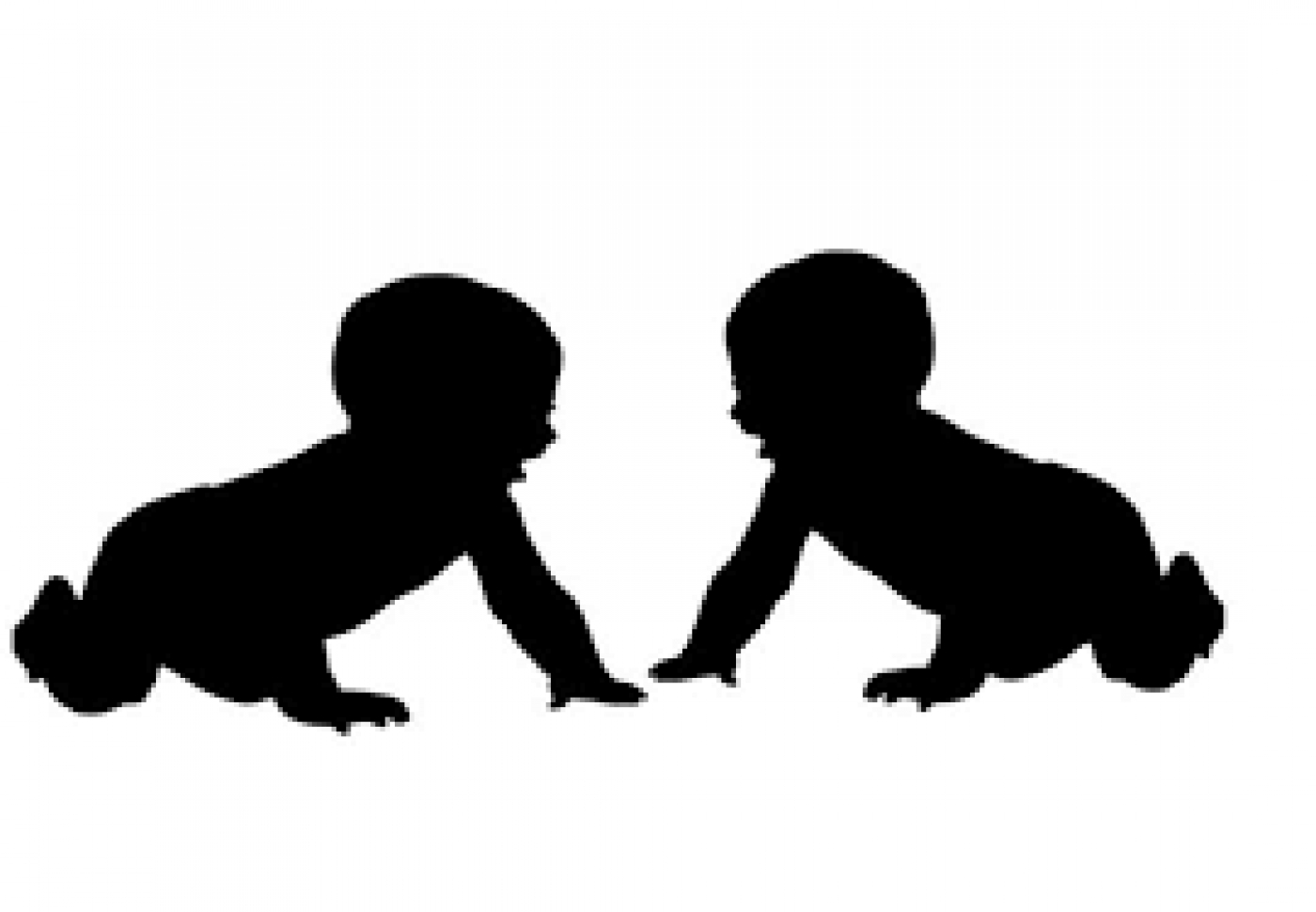You may not know it, but twins are the most common type of multiple pregnancies. Identical twins share all the same genetic material because they develop from a single fertilised egg and might share a placenta.
Multiple pregnancies are often considered “high risk” because they come with an increased risk of preterm labour, uneven growth, high blood pressure, diabetes, and other “high-risk” pregnancy conditions. But these conditions can be well managed during pregnancy.
If you are pregnant with multiples, you are likely to have an earlier due date and you may be required to have a C-section. If you’re having twins, you could be a candidate for vaginal delivery and they’re both positioned with their heads down.
Twins can usually be diagnosed as early as six to seven weeks into the pregnancy and you would very likely experience a wide range of pregnancy symptoms, just like you would with singleton pregnancies. There are certain physical signs that might clue you into how many babies you’re expecting.
If you have been pregnant before, you would notice that early on in your pregnancy, there may not be obvious signs of multiples besides the early and severe morning sickness showing early. For instance, higher-than-normal levels of human chorionic gonadotropin hormone (hCG) may indicate that you’re pregnant with multiples, but you’ll need to wait until your ultrasound to be certain.
Twin or more pregnancies often have increased hCG levels, but so do some singleton pregnancies, the difference is that there is a wide range of normal hCG levels both for twins and singletons, and it’s impossible to be sure it’s twins even when the early hCG levels are elevated. Due to these elevated levels of hCG, you may experience more nausea and vomiting than if you were carrying only one baby.
Your shape may change a lot; you may retain more water and experience more swelling. No doubt, one of the commonest signs is a bigger, earlier bump. Weight gain may not be a definitive indicator of twin pregnancy because height, pre-pregnant weight, diet, and body type also come into play. It can be fun to guess whether you’re carrying multiples. But no matter how many twin pregnancy symptoms you’re experiencing, an ultrasound is required to determine how many babies you’re carrying.
Like most new moms-to-be, women who carry twins can have health surprises. Twin pregnancies are associated with higher hormone levels that can cause a number of health twists, and can often play out differently from single births.
Twice the babies can mean twice the risks, and that means more ultrasound monitoring is needed. The uterus can get cramped for space, particularly in the second and third trimesters, so we like to administer more scans to check for growth or signs of fetal distress.
It cannot be overstated that the widespread use of assisted reproductive techniques is a major determining factor for an increase in the number of multiple births. While pregnancy with twins and other multiples may put you at a higher risk for many things associated with pregnancy, the end usually justifies the means.
source: healthwise.punchng.com







